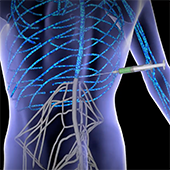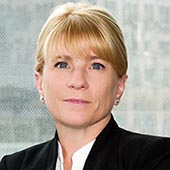
2023 News


Ameer elected a Biomaterials Science and Engineering Fellow
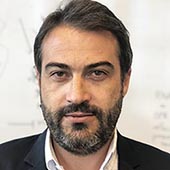
Studies identify novel underpinnings of genetic ALS
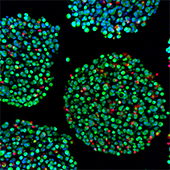
A breath of fresh air keeps drug-producing cells alive longer
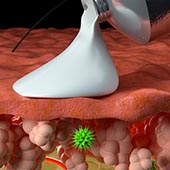
‘Super melanin’ heals skin injuries from sunburn, chemical burns
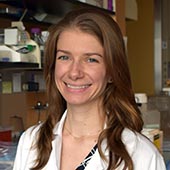
Meet the Researchers: Cara Smith
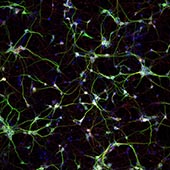
Developing new approaches for spinal cord injury
Northwestern researchers led by SQI director Samuel Stupp have developed a molecular “scaffold” capable of enhancing electrical activity and growth in neurons, which may prove useful in treating spinal cord injuries. The scaffolds were composed of a novel nanofiber that mimics the bioactivity of the protein netrin-1 and sustainably delivers signals to neurons over long periods of time.
SQI members Evangelos Kiskinis and Zaida Alvarez were coauthors of the paper, which was published in ACS Nano.

Identifying molecular culprits underlying organ rejection
A research team including SQI member Zheng Jenny Zhang has identified how the immune system can regulate organ rejection in mice, which may prove useful for improving transplant tolerance in humans.
The findings suggest that priming T-cells of transplant recipients with repeated injections of antigens from their organ donor may help the recipient’s body avoid organ rejection resulting from infection. The results of the study also identify donor MHC class II as a problematic antigen that may be a cause of rejection after severe infections.
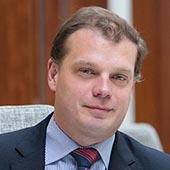
Protein-like polymers illuminate the path to macular degeneration treatment

Ameer wins BMES medal for translational bioengineering
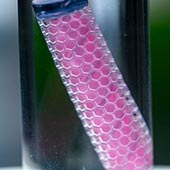
Small, implantable device could sense and treat cancer

Ameer wins Excellence in Biomaterials Science Award
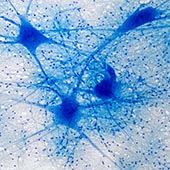
‘New’ ALS gene destabilizes neuron’s structure and chokes off its nucleus
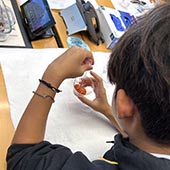
SQI hosts high school students interested in medicine

New DNA identification approach could improve monitoring for chronic diseases

Meet the Faculty: Zheng Jenny Zhang

Quaggin named new chair of Medicine
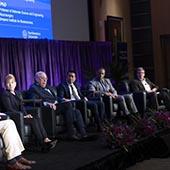
What does the new frontier in biomedicine look like?

Three SQI members elected to American Academy of Arts and Sciences
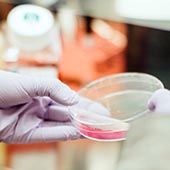
New therapy harnesses patients’ blood cells to fight tumors
Researchers led by SQI member Shana Kelley have discovered it is possible to isolate a tumor’s attack cells non-invasively from blood, rather than from tumors. The approach is fast, cost-effective and could be used to treat a variety of cancers.
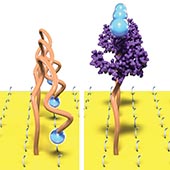
Plastic transistor amplifies biochemical sensing signal

Kelley to lead new biomedical research hub
SQI member Shana Kelley has been selected as president of a new biomedical research hub in Chicago funded by the Chan Zuckerberg Initiative (CZI). CZI will invest $250 million over a decade into the biohub, which will bring together scientists from three Illinois universities to develop tiny sensors that measure biological processes in human tissues. The work is expected to provide new insights into inflammation and how it contributes to disease.
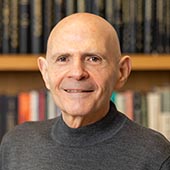
Stupp awarded Bauerman Medal
SQI director Samuel Stupp has been awarded the Bauerman Medal from the Materials Department at Imperial College London. The medal and accompanying prize lecture highlight advances in materials science and engineering. Stupp’s lecture, Frontiers in Supramolecular Design of Materials, will be delivered on March 15.
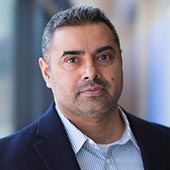
Meet the Researchers: Randy Atwal
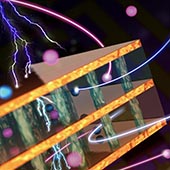
Vertical electrochemical transistor pushes wearable electronics forward
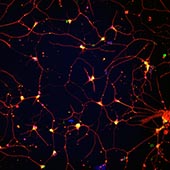
Mature ‘lab grown’ neurons hold promise for neurodegenerative disease
Researchers led by SQI members Evangelos Kiskinis and Samuel Stupp have created the first highly mature neurons from human induced pluripotent stem cells (iPSCs), a feat that opens new opportunities for medical research and potential transplantation therapies for neurodegenerative diseases and traumatic injuries.
Not only were the enriched neurons more mature, they also demonstrated enhanced signaling capabilities and greater branching ability, which is required for neurons to make synaptic contact with one another. And, unlike typical stem cell-derived neurons which tend to clump together, these neurons did not aggregate, making them less challenging to maintain.
